Blood: Groups, Volume, Plasma Expanders, and Biochemical Tests
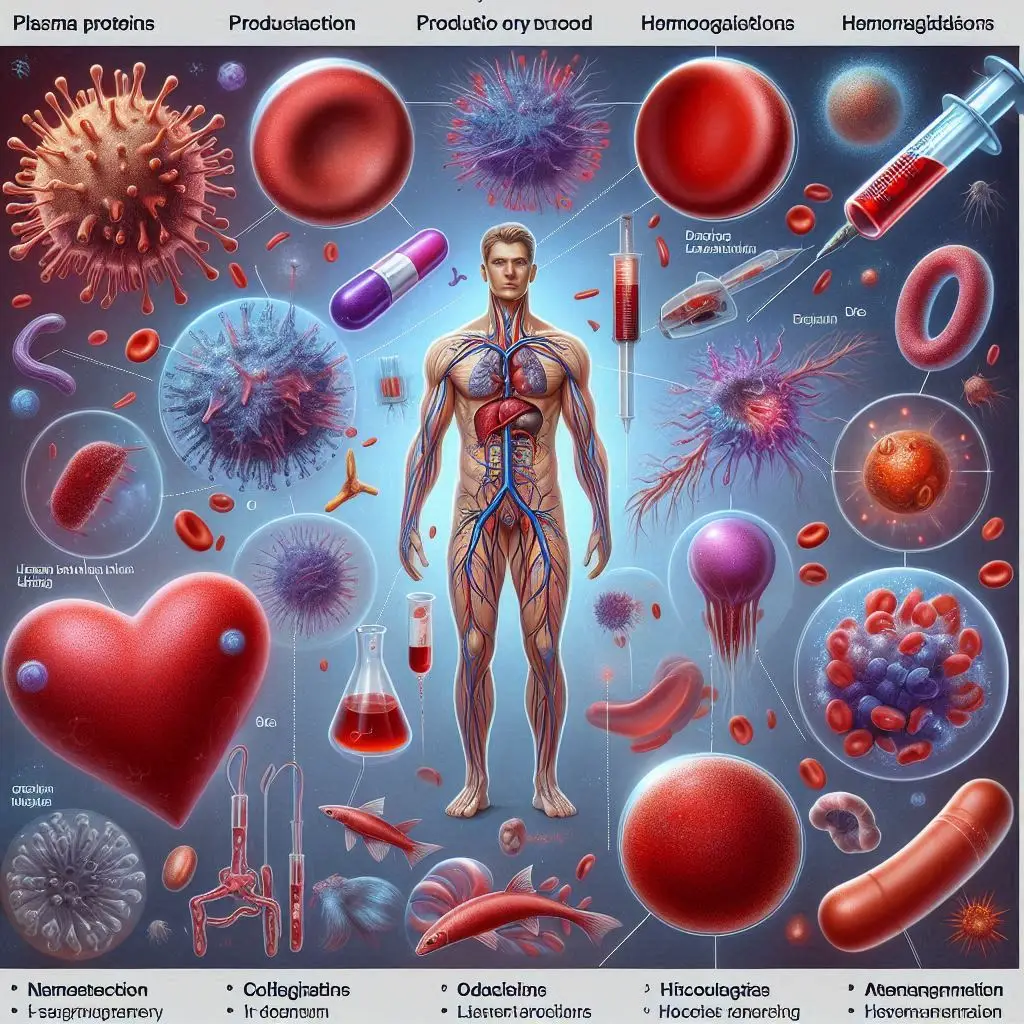
Introduction
Blood is a vital fluid that plays a crucial role in maintaining homeostasis in the human body. Understanding its components, such as blood groups, volume, and biochemical properties, is essential for diagnosing and treating various medical conditions. This article delves into the intricacies of blood groups, blood volume, plasma expanders, buffer systems in blood, and the significance of biochemical tests in disease diagnosis.
Blood Groups
Blood groups are classifications of blood based on the presence or absence of specific antigens on the surface of red blood cells (RBCs). The most well-known system is the ABO blood group system, which includes four main types: A, B, AB, and O.
- Type A has A antigens and anti-B antibodies.
- Type B has B antigens and anti-A antibodies.
- Type AB has both A and B antigens but no antibodies.
- Type O has no antigens but has both anti-A and anti-B antibodies.
The Rh factor, another critical component, determines whether blood is Rh-positive or Rh-negative, based on the presence of the RhD antigen. The combination of these two systems results in eight possible blood types: A+, A-, B+, B-, AB+, AB-, O+, and O-.
Distribution and Disease Susceptibility
The distribution of blood groups varies significantly among different populations. For instance, blood type O is more prevalent in regions with high malaria incidence, suggesting a potential evolutionary advantage against certain diseases. Research indicates that specific blood groups may also influence susceptibility to infections, such as norovirus and Helicobacter pylori, highlighting the relationship between genetics and health outcomes.
Blood Volume
Blood volume refers to the total amount of blood circulating within the body. In adults, the average blood volume is approximately 5 to 6 liters, constituting about 7-8% of total body weight. Blood volume is crucial for maintaining blood pressure and ensuring adequate oxygen and nutrient delivery to tissues.
Factors Influencing Blood Volume
Several factors can influence blood volume, including:
- Age: Blood volume is generally higher in younger individuals and decreases with age.
- Gender: Males typically have a higher blood volume than females.
- Body composition: Individuals with higher body fat percentages may have lower blood volume compared to those with more lean muscle mass.
Clinical Significance
Measuring blood volume can be vital in clinical settings, particularly in diagnosing and managing conditions such as anemia, dehydration, and hemorrhagic shock. Techniques such as blood volume estimation through dilution methods can provide insights into a patient’s hemodynamic status.
Plasma Expanders
Plasma expanders are substances used to increase blood volume, especially in cases of significant blood loss or shock. They are categorized into two main types: crystalloids and colloids.
- Crystalloids (e.g., saline, Ringer’s lactate) are solutions containing electrolytes and are commonly used for fluid resuscitation.
- Colloids (e.g., dextran, hydroxyethyl starch) contain larger molecules that help retain fluid within the blood vessels.
Indications and Risks
Plasma expanders are indicated in various clinical scenarios, including trauma, surgery, and severe dehydration. While they can be life-saving, their use is not without risks, such as allergic reactions, fluid overload, and impaired coagulation.
Buffer Systems in Blood
The human body maintains a stable pH through various buffer systems, with the bicarbonate buffer system being the most significant. This system involves the equilibrium between carbonic acid (H2CO3) and bicarbonate ions (HCO3-), which helps regulate blood pH within the narrow range necessary for physiological functions.
Role of Other Buffers
In addition to bicarbonate, proteins and phosphates also act as buffers, contributing to the overall acid-base balance in the blood. Imbalances in these systems can lead to conditions such as acidosis or alkalosis, which have significant clinical implications.
Biochemical Tests and Their Significance in Disease Diagnosis
Biochemical tests are essential tools in modern medicine for diagnosing and monitoring diseases. Common tests include:
- Complete Blood Count (CBC): Provides information about red and white blood cells, hemoglobin levels, and platelet counts, aiding in the diagnosis of anemia, infections, and blood disorders.
- Liver Function Tests: Measure liver enzymes and bilirubin levels, helping to assess liver health and detect conditions such as hepatitis or cirrhosis.
- Blood Glucose Tests: Monitor blood sugar levels to diagnose diabetes and assess glycemic control.
- Lipid Profiles: Evaluate cholesterol and triglyceride levels, providing insights into cardiovascular risk.
- Electrolyte Panels: Measure essential minerals like sodium, potassium, and calcium, crucial for various bodily functions.
Conclusion
Understanding blood groups, blood volume, plasma expanders, buffer systems, and biochemical tests is fundamental in the medical field. These elements are not only vital for diagnosing and managing diseases but also play a significant role in ensuring effective patient care. Continued research and advancements in these areas will enhance our ability to understand and treat various health conditions.
For more pearls of Vets Wisdom:

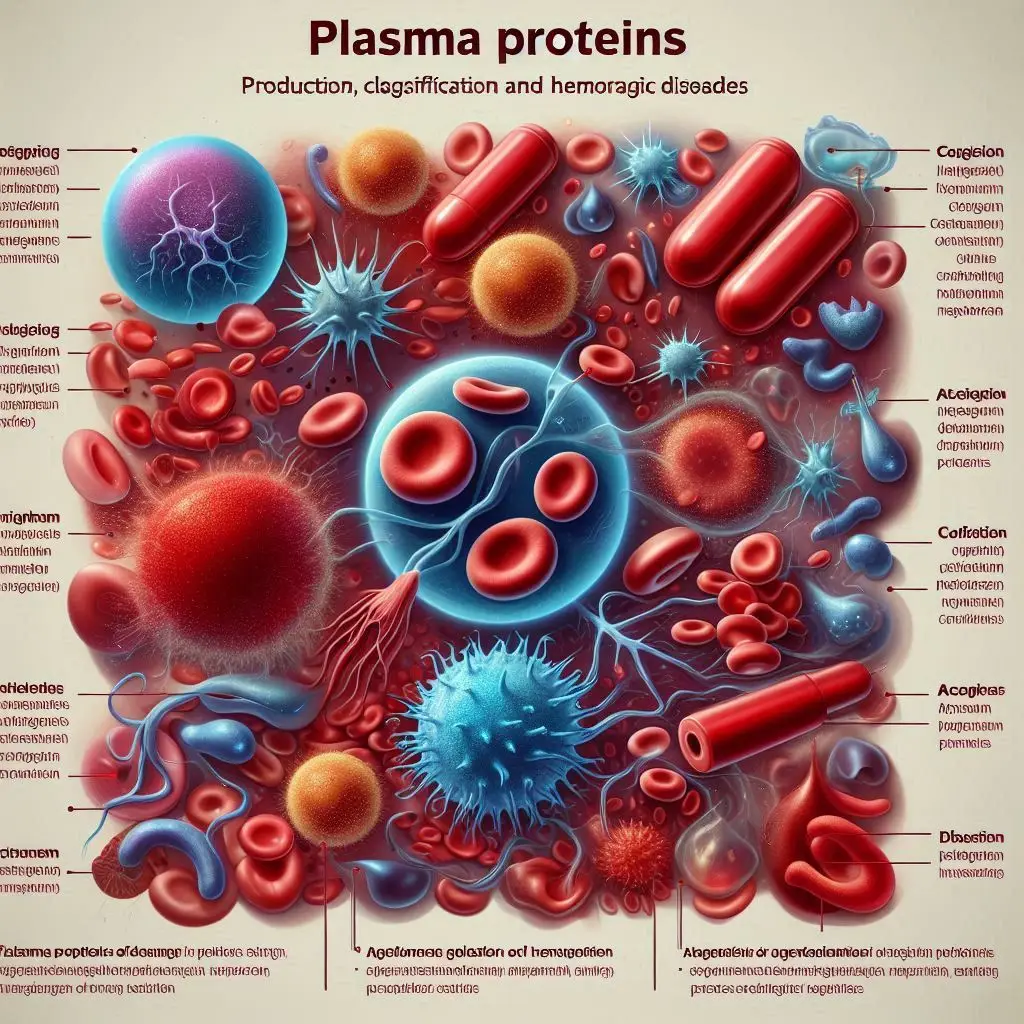
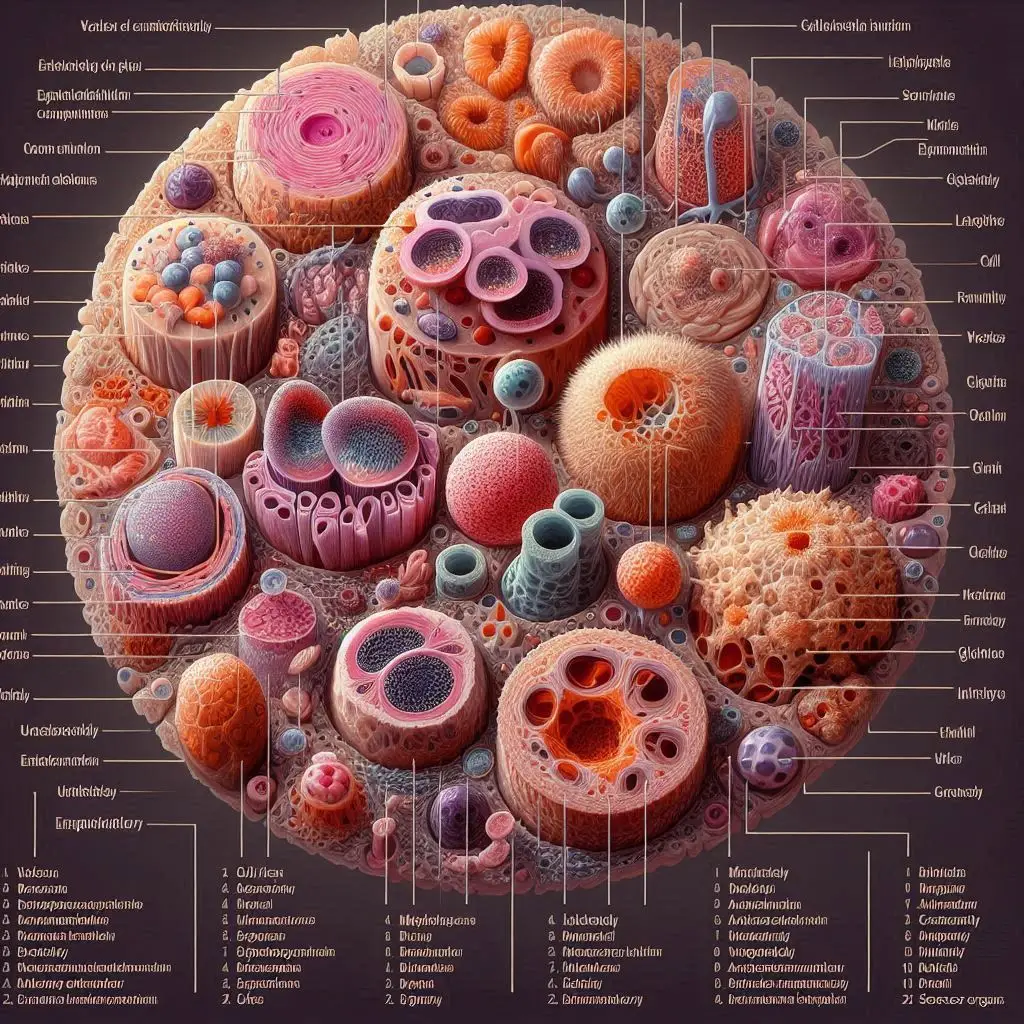
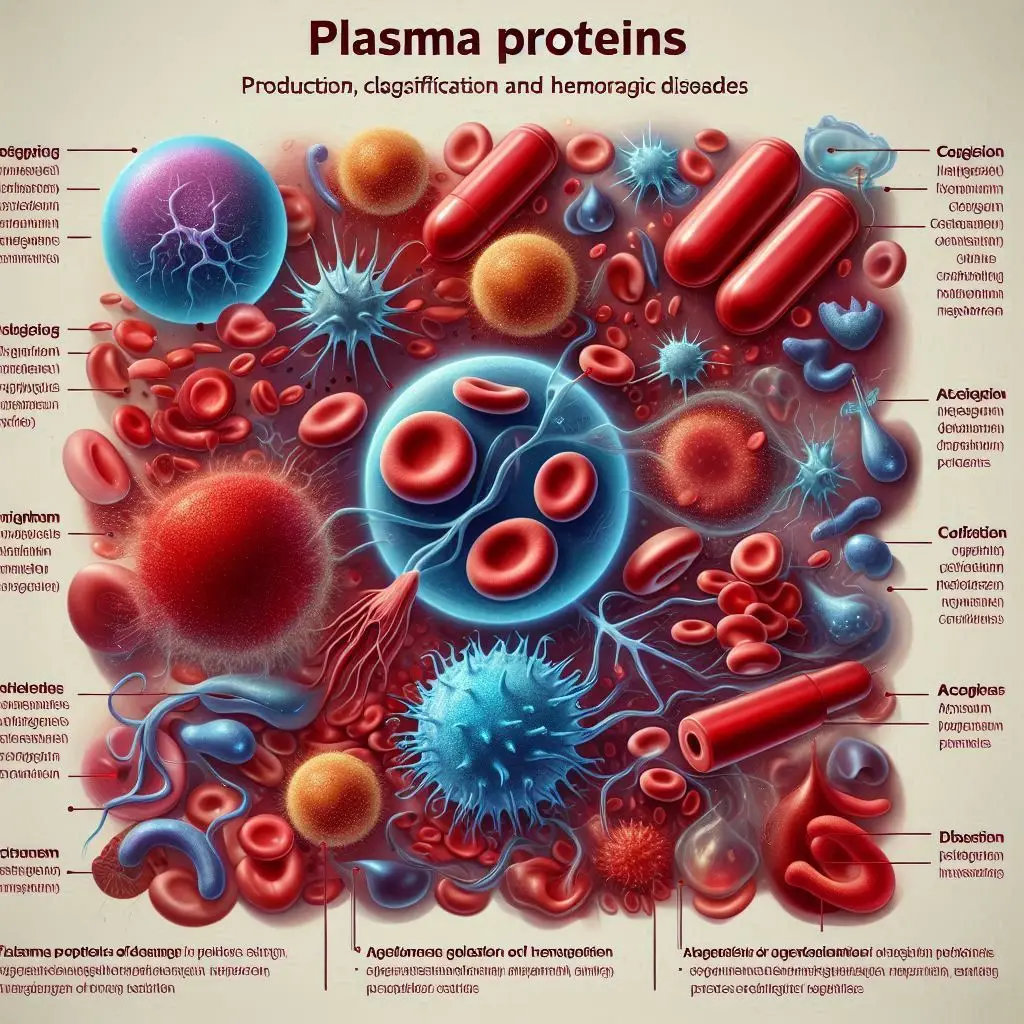
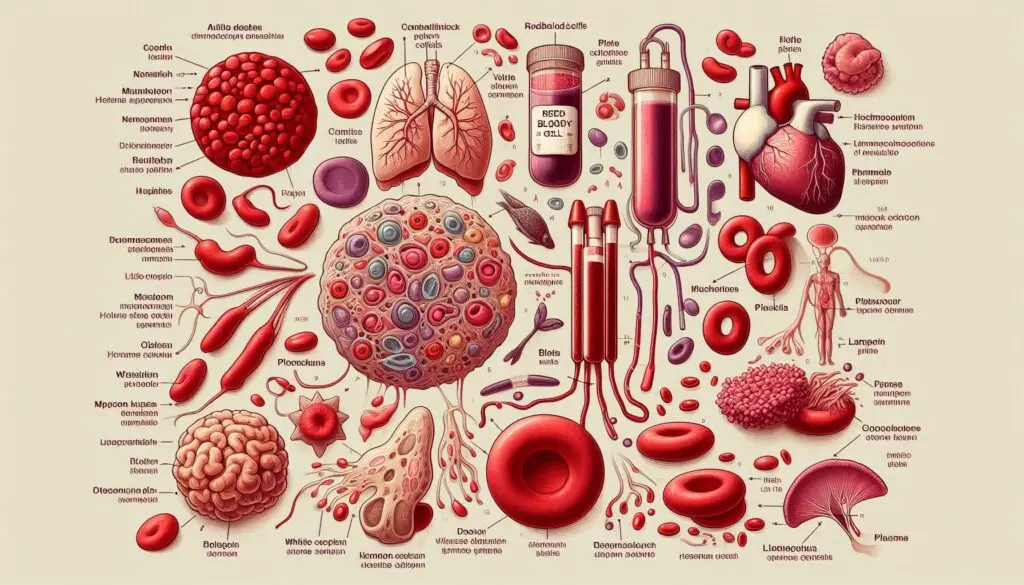
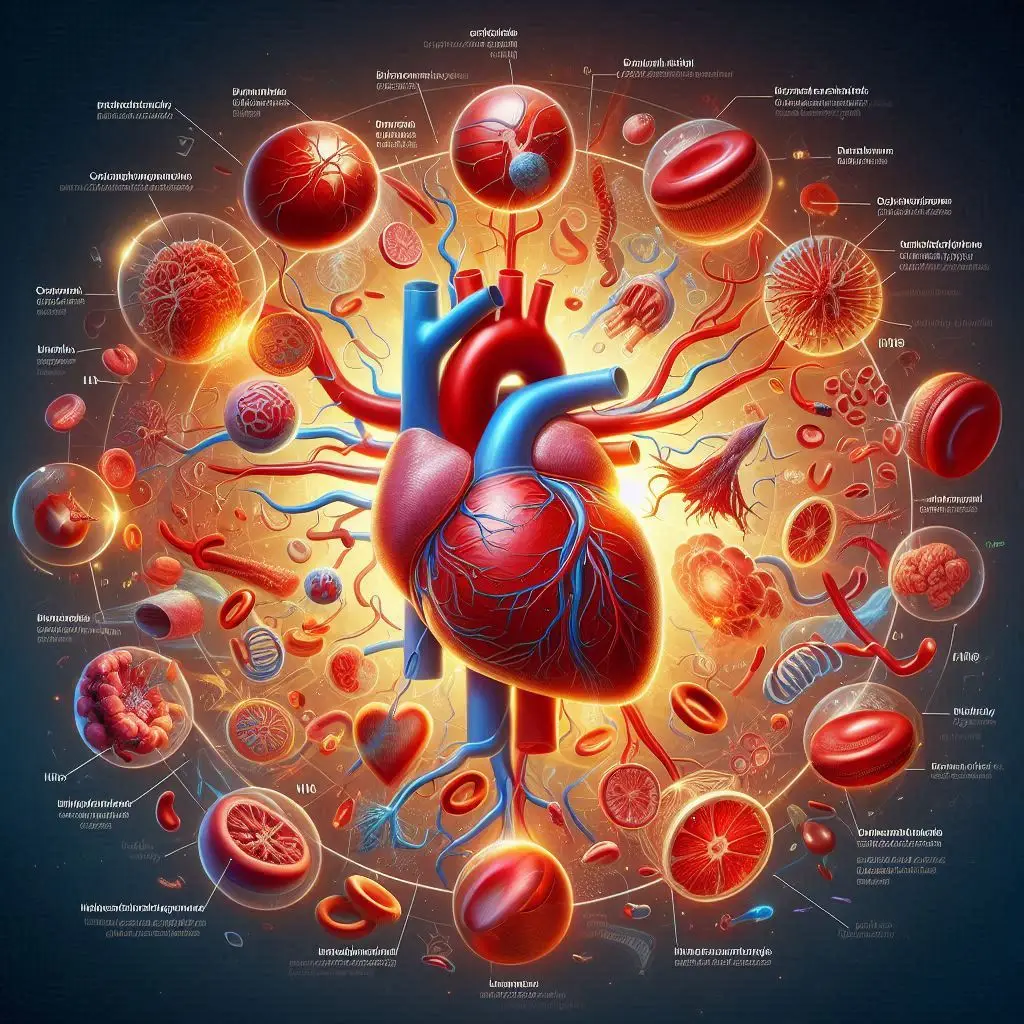
Responses